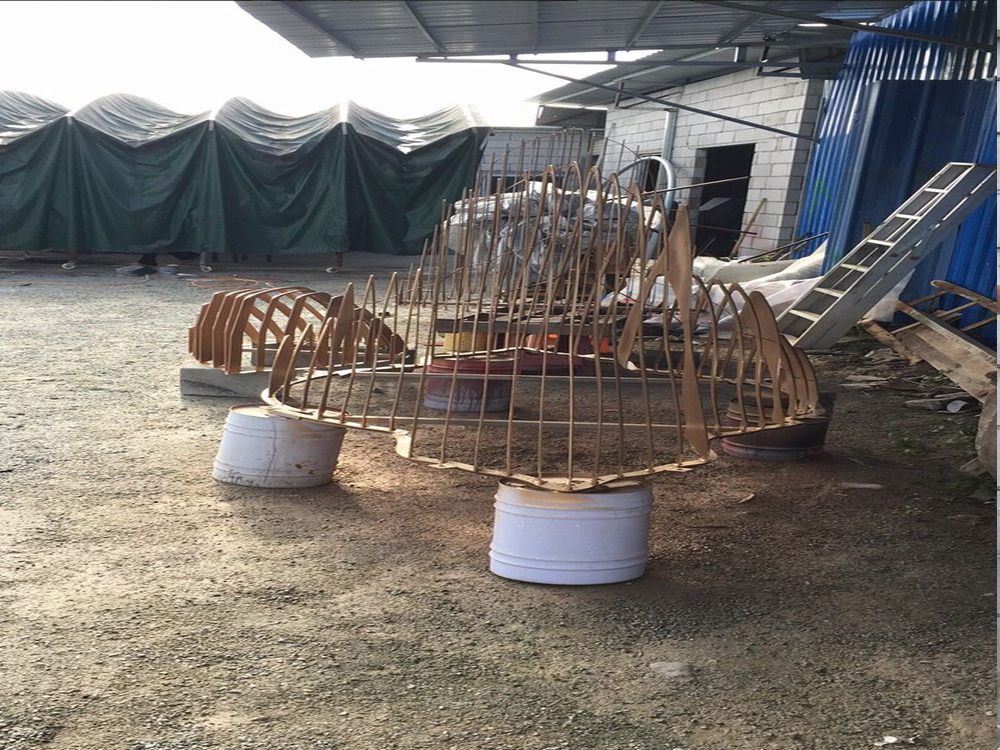
Creating bronze sculptures with translucent effects is a remarkable yet demanding artistic endeavor. One of the primary challenges lies in the material itself—bronze is inherently opaque, making it difficult to achieve the illusion of translucency. Artists must employ advanced techniques such as thinning the metal to near-transparent levels or using patinas to mimic light penetration, both of which require exceptional skill and precision.
Another hurdle is the structural integrity of the sculpture. Thinning bronze too much can compromise its durability, risking cracks or warping during casting or display. Balancing aesthetic goals with practical constraints is a constant struggle. Additionally, achieving consistent translucency across the sculpture demands meticulous control over the casting process, as uneven cooling or impurities can disrupt the desired effect.
Finally, the interplay of light and shadow adds another layer of complexity. Translucent bronze sculptures rely heavily on lighting conditions to showcase their unique qualities, requiring artists to consider both the sculpture’s form and its environment. Despite these challenges, the result is a breathtaking fusion of tradition and innovation, pushing the boundaries of metal art.

